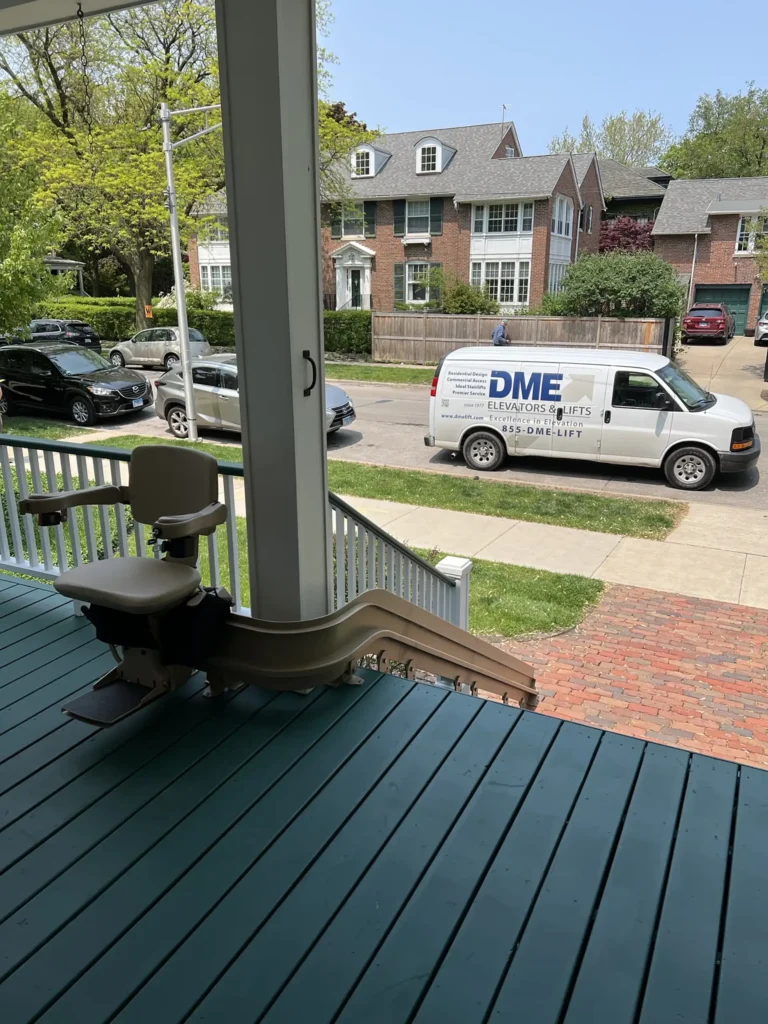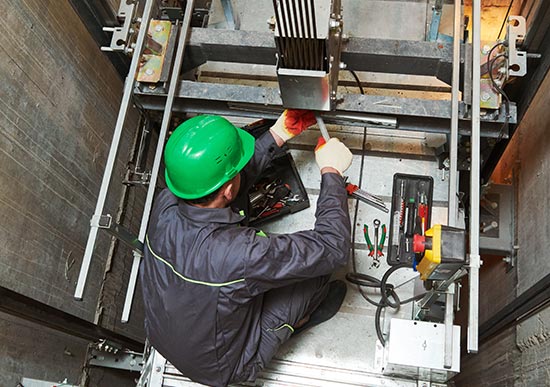Advanced Lift Engineer Course: Plan For Jobs with Leading Lift Repair Companies Near Me
Advanced Lift Engineer Course: Plan For Jobs with Leading Lift Repair Companies Near Me
Blog Article
Comprehensive Overview to Lift Solutions and Their Maintenance
Browsing the elaborate globe of elevator systems and their maintenance is a job that demands accuracy and expertise. From the various kinds of lift systems in use to the careful adherence to safety guidelines, the maintenance of these vertical transportation tools is a multifaceted venture.
Sorts Of Lift Systems
Elevator systems can be found in various types, each designed to fit details structure needs and user requirements. One of the most usual kinds consist of hydraulic lifts, traction elevators, machine-room-less elevators, and vacuum elevators. Hydraulic lifts are excellent for low-rise buildings and use a hydraulic piston to move the elevator automobile. Traction elevators, on the various other hand, are much more fit for skyscraper structures and use steel ropes and weights to move the car. Machine-room-less lifts are a space-saving option as they do not need a separate maker room for the elevator machinery. Vacuum cleaner lifts, a much more modern innovation, use air pressure differentials to move the car within a clear tube.
Each type of elevator system has its very own benefits and downsides, making it vital for structure proprietors and programmers to meticulously consider their certain requirements before selecting one of the most appropriate option. Factors such as constructing height, room schedule, energy efficiency, and spending plan restrictions all play a considerable role in establishing the very best elevator system for a certain building.
Common Upkeep Issues
Routine upkeep of elevator systems is important to ensure smooth procedure and prolong their life expectancy. Despite routine maintenance, elevator systems can still come across usual maintenance problems that need to be promptly dealt with to avoid interruptions in solution. Among the most regular concerns is door malfunctions. Elevator doors might get misaligned, bring about issues with opening and closing correctly. This can create hold-ups and safety dangers, calling for immediate interest from upkeep specialists. One more usual issue is associated with the elevator's leveling accuracy. Guests might experience tripping hazards and pain if the elevator does not align appropriately with the floors. Furthermore, problems with the control system, such as sensing unit troubles or electric concerns, can create the lift to breakdown or stop working altogether. Regular assessments and positive upkeep can assist determine and resolve these typical upkeep problems prior to they rise and impact the general performance of the lift system.
Safety Rules and Conformity
Sticking to stringent safety and security guidelines and guaranteeing conformity with market standards are extremely important for keeping the operational honesty of elevator systems. Elevators go through an extensive collection of security policies to safeguard guests, maintenance employees, and the public. Regulative bodies such as the Occupational Safety And Security and Wellness Management (OSHA) in the USA and the European Lift Organization (ELA) in Europe develop guidelines that cover various aspects of lift design, operation, installment, and maintenance.
Conformity with these guidelines is not just a legal need but likewise an ethical obligation for structure proprietors and elevator maintenance business. Failing to meet security criteria can result in fines, lawful responsibilities, and, most significantly, threaten the safety of individuals utilizing the lift. Regular assessments, upkeep checks, and adherence to safety procedures detailed in the laws are necessary to ensure the effective and secure operation of elevator systems. By prioritizing security guidelines and conformity, stakeholders can promote the trust of the public and alleviate prospective dangers connected with elevator use.
Ideal Practices for Maintenance

Structure proprietors should additionally consider spending in modernization upgrades to boost the effectiveness and safety and security of their elevator systems. By adhering to these finest techniques, elevator systems can run efficiently and safely, giving reliable upright transport for residents.

Advanced Technologies for Performance
Carrying out advanced technologies in lift systems check these guys out can considerably enhance functional efficiency and guest experience. These systems allow guests to input their preferred flooring before getting in the elevator, which after that guides them to the most reliable cars and truck.
Furthermore, the assimilation of wise sensing units and predictive upkeep you can look here capabilities has actually transformed lift upkeep. These sensing units can discover potential problems prior to they escalate, allowing aggressive maintenance treatments and minimizing downtime. In addition, using energy-efficient elements and regenerative drives assists lower power usage and operating expense in elevator systems.
In addition, the implementation of cloud-based tracking and remote diagnostics permits for real-time tracking of elevator efficiency and prompt troubleshooting of any malfunctions. This aggressive approach not only enhances system integrity but likewise boosts the total user experience by making sure smooth and nonstop elevator procedures.
Verdict
To conclude, comprehending the various sorts of elevator systems, common upkeep concerns, safety regulations, finest upkeep methods, and advanced innovations for effectiveness is critical for ensuring the smooth operation of elevators. By adhering to security guidelines and executing finest methods for maintenance, building owners can extend the life expectancy of their elevator systems and guarantee read this the safety of passengers. It is very important to stay updated on the latest developments in elevator innovation to boost performance and reliability.
The most usual types include hydraulic lifts, traction elevators, machine-room-less elevators, and vacuum cleaner elevators. Hydraulic elevators are suitable for low-rise structures and utilize a hydraulic piston to move the elevator vehicle. Machine-room-less lifts are a space-saving alternative as they do not need a separate machine area for the lift machinery. Normal examinations and aggressive maintenance can help recognize and solve these common maintenance concerns before they rise and affect the overall efficiency of the elevator system.

Report this page